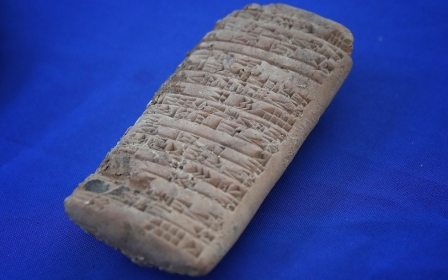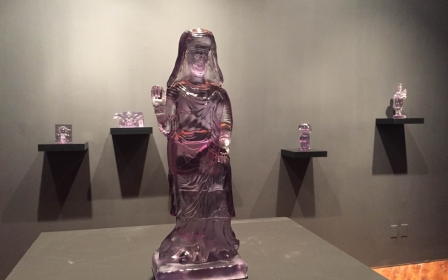'The Rose of Baghdad': Lamia al-Gailani-Werr, defender of Iraq's heritage

When archaeologist Lamia al-Gailani-Werr passed away two weeks ago at the age of 80, Iraq lost an outspoken defender of the country's unique and vast archeological heritage from war and plunder.
She was laid to rest in her family shrine in Baghdad on 21 January after suffering a stroke on 18 January in Amman, where she had been holding a workshop for Iraqi archaeologists.
A long cortege of mourners led her coffin from her funeral at the Iraq Museum - which she had long championed and helped rebuild after post-invasion looting - towards the al-Gailani mosque, part of a complex that the Qadiriyya Library, which houses rare Islamic texts, and the family mausoleum.
A woman of truth
Gailani-Werr was a direct descendant of the 12th-century Sufi saint, Abdul-Qadir Gailani, also known as the Rose of Baghdad. Legend has it that he impressed a band of robbers he met en-route to Baghdad so much, with his truthfulness and noble demeanour, that they returned his gold and pledged to mend their ways.
New MEE newsletter: Jerusalem Dispatch
Sign up to get the latest insights and analysis on Israel-Palestine, alongside Turkey Unpacked and other MEE newsletters
Like her illustrious ancestor, Gailani-Werr always spoke the truth, even if it was unpopular.
Gailani-Werr always spoke the truth, even if it was unpopular
In the wake of the looting of the Iraqi Museum after the 2003 invasion, Gailani-Werr did not mince her words.
She told Antiquity Magazine, "I personally feel both cheated and angry since I was one of the archaeologists who went to Washington to warn of the possibility of looting. We were given to understand officially that the museum would be protected, and I feel particular anger when I know that just one or two tanks would have prevented all this destruction. Even the Iraqis under Saddam, when they invaded Kuwait, protected, stored and packed away the museum.”
Even as Gailani-Werr worked tirelessly to try to save her country’s heritage, her own family shrine, protected since 1535 when Suleiman the Magnificent covered it with a dome, was damaged in 2007 by a car bomb attack by militants that killed 24 people and injured 68.
It was a painful reminder of the intrinsic connection between the fate of Iraq’s people and its heritage that Gailani-Werr’s very spirit embodied.
Vocal critic
But she was as vocal in her criticism of American complicity in the pillaging of the Iraqi Museum and its antiquities as she was about the Iraqi government’s destruction of historic streets and buildings.
In one of our many email correspondences, she wrote in 2011 of her concern about more modern heritage being destroyed by “redevelopment” projects in historic quarters like Baghdad’s Rashid Street and Kadhimiya.
“It is very worrying what is happening to many of the old buildings in Baghdad and other parts of the country, all because of the development projects," she wrote. “The State Board of Antiquities is very weak and those responsible are not knowledgeable of what is considered heritage, thus many 1920s-30s buildings including some unique Art Deco buildings have been demolished.”
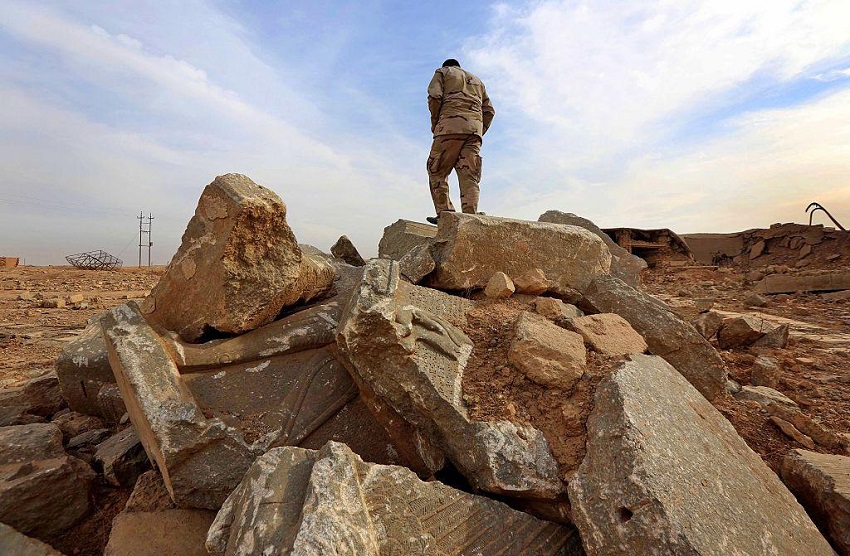
In 2015, when the Islamic State group bulldozed the ancient Assyrian city of Nimrud and smashed statues at the Museum of Mosul, she told the BBC, “I wish it was a nightmare and I could wake up.”
Defender of Iraqi archaeology
But Gailani-Werr’s presence and wise counsel as an advisor to the Ministry of Culture also helped galvanise a huge international and Iraqi effort that eventually saw the return of one-third of the museum’s stolen artefacts by the time it reopened in 2015.
And she played a key role in the development of the Basra Museum, scheduled to open this March, even hand-selecting the cylinder seals – her particular area of expertise – to be displayed.
As recently as December, she participated in training programmes for museum staff, working alongside her daughter, Dr Noorah Gailani, who is the curator of Islamic Civilisations at Glasgow’s Burrell Collection.
“For me as an Iraqi,” says Baghdad-based feminist, journalist and activist Nermeen al-Mufti, “Lamia was one of the toughest defenders of Iraqi archaeology.” Not only in the wake of the invasion, she said, but also during the 12-year embargo “when the Iraqi museum lost ten percent of their collection because the chemicals needed for preservation were blocked at the border.”
The so-called “dual-use” clause under UN sanctions that stopped anything deemed of possible military use also blocked chlorine for water purification and spare parts needed for key infrastructure.
“Lamia was one of the organisers, together with the then director of antiquities, Muayad Said Dimirji, of a very important conference in Baghdad in 1998,” recounts al-Mufti, “attended by hundreds of international archaeologists.”
'Lamia was one of the toughest defenders of Iraqi archaeology'
- Nermeen al-Mufti, journalist
This was at a time when war and sanctions had caused a “brain drain” with many of Iraq’s intellectuals – top archaeologists among them – exiled abroad, which left the country isolated from international discourse.
A trailblazer
“I always count Lamia as one of the ‘Iraqi Golden Women'," says al-Mufti, a group of “adventurous, smart, women active in the 40s and 50s – who fought for Iraqi women’s rights but also to push Iraqi women to participate in every field in the country.”
She includes among them Amal Alkhubairy, the founder of the cultural centre celebrating traditional Iraqi crafts and heritage, Beit al-Iraqi, and Souad al-Omary, an architect and the first woman mayor of Baghdad in the 1950s.
In defiance of her traditional family’s wishes that she settle down, Gailaini-Werr travelled to the UK, becoming the first Iraqi woman to study archaeology abroad and the first to get a PhD in the subject. The Cambridge graduate returned to Iraq in 1961 to work at the original antiquities museum established by Gertrude Bell before joining the team at the new National Museum when it opened in 1966.
Her groundbreaking work on the Tell edh-Dhiba'I’ site in the suburbs of Baghdad - as one of the rare women directors of an archaeological dig - unearthed a cuneiform clay tablet that proved Pythagoras’s theories a good 1000 years before the ancient Greek mathematician.
Gailaini-Werr would go on to publish several important papers on cylinder seals and in 1999, together with the Iraqi archaeologist Salim al-Alusi, she published a book about the archaeology of early Arab culture in Mesopotamia, called The First Arabs.
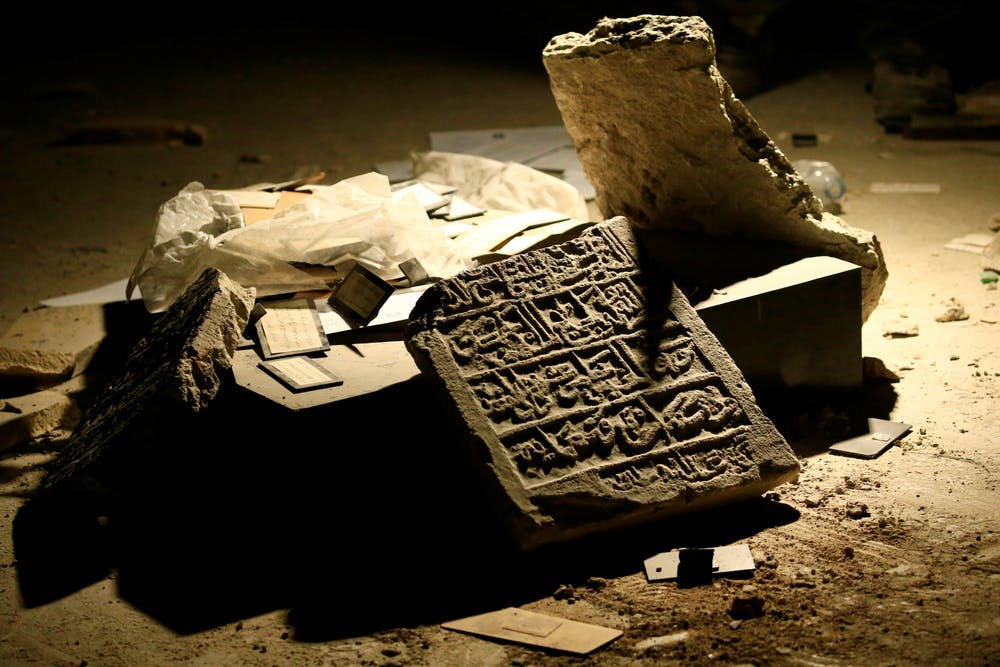
When she returned to the UK to pursue studies in the 1970s and went on to become a researcher at SOAS in the 1980s, she still returned to Iraq for a few months every year.
Gailani-Werr was the only honorary lifetime member of the British Institute for the Study of Iraq and its 5th recipient (in 2009) of the Gertrude Bell Memorial Gold Medal "for outstanding services to Mesopotamian archaeology”.
A bridge between cultures
For British archaeologist Jane Moon, one of Gailani-Werr's major achievements was her ability to act as a bridge between cultures. She was a vital link between British archaeologists who could not read Arabic and Iraqi colleagues who did not publish in English.
“What was special about Lamia, apart from her fine personal qualities,” notes Moon, "was that she was exceptionally well-educated and well-read in both English and Arabic, so [she] was able to access sources and consider material from both cultures.”
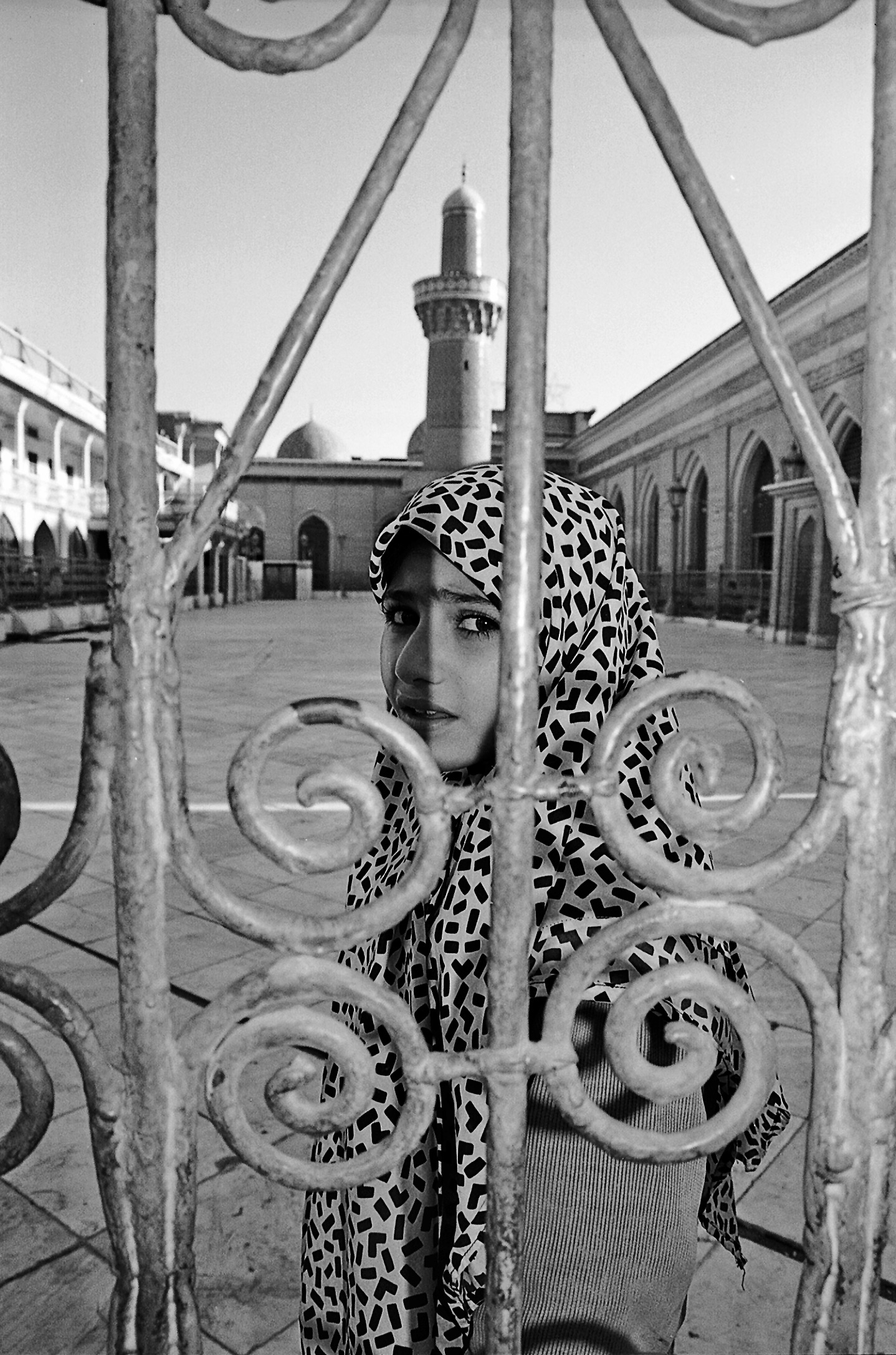
Moon describes how, in preparing for a book she had never published on the history of the Iraq Museum, Gailani-Werr “was able to go through the archives and assess the relative importance of material starting with Gertrude Bell's letters, and going right through to Saddam's time.”
Her “dual perspective”, relates Moon, “gave her work so much extra value”. She cites the example of one of her articles on cylinder seals, about seals made from clay.
“Western scholars assume all seals are made of expensive stone and are finely carved,” explains Moon, “because those are the ones that find their way into collections and museums. In reality, they were much more common than you think, used by all kinds of people, and often just made of clay. That changes the social significance you place on them.”
Special relationships
While Gailani’s work emphasised artefacts used by everyday people, she had a knack for making connections with a wide range of society. She had a special relationship with Haji Abed, the long-time janitor at the Iraqi museum, who considered her an adopted daughter. She told me after his death in 2010 that “a number of archaeologists are planning to write a memorial book for him which I hope to publish”.
'She definitely belonged to and represented an age of tolerance and diversity'
- Jane Moon, British archaeologist
During the worst years of the sanctions and the invasion, Moon says, “She still managed to go back and forth to Iraq, at some personal risk, given that Sunni aristocrats were not the flavour of the month. She told me how hard it was to find a taxi to take her to her flat in a Sunni neighbourhood, and how she realised she was a prime target for kidnapping, but she carried on anyway, continuing to help and advise the museum to get publications out of Iraq for distribution, and vital bits and pieces in.”
In a world racked with sectarianism and snobbery of different kinds, according to Moon, Gailaini-Werr had no time for such things, recalling a telling incident from the 1980s.
“I asked her what the Gailanis thought of her forthcoming second marriage to a Christian [George Werr]. 'Oh, they'll get over it' she said.”
And as the Rose of Baghdad for our times now rests in peace with her ancestors, Moon reflects on the resilience of the archaeologist.
“She definitely belonged to and represented an age of tolerance and diversity. She never threw up her hands and decided it was all too much. She never gave up.”
Middle East Eye delivers independent and unrivalled coverage and analysis of the Middle East, North Africa and beyond. To learn more about republishing this content and the associated fees, please fill out this form. More about MEE can be found here.


